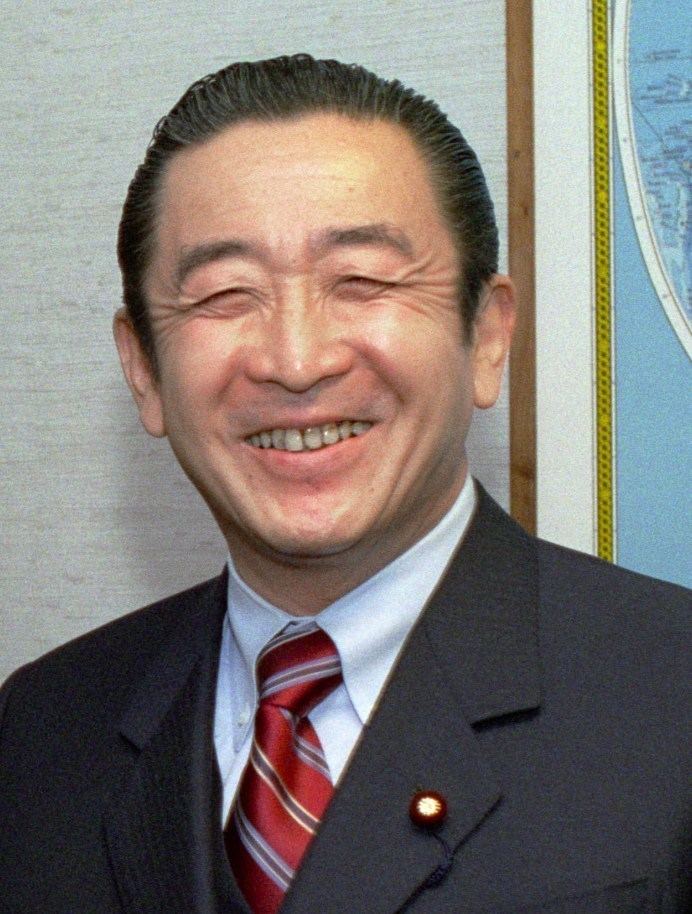12 July 1998 2001 → 103 47 | 111 — -8 +47 | |
 | ||
17,033,851
(partial result for 76 seats) 9,063,939
(partial result for 76 seats) 30.45%
(partial result for 76 seats) 16.20%
(partial result for 76 seats) | ||
Elections for the Japanese House of Councillors were held in Japan on July 12, 1998.
Contents
The LDP under Ryūtarō Hashimoto had restored single-party government in 1996 and was now aiming to also regain clear control of the House of Councillors where it was several seats short of a majority. Instead, it lost 13 seats in the election giving the opposition clear control. Prime minister Hashimoto resigned. Keizō Obuchi was elected LDP president on July 24, defeating Seiroku Kajiyama and Junichirō Koizumi.
On July 30, 1998, Obuchi was designated as prime minister by the Diet against the vote of the House of Councillors where DPJ president Naoto Kan beat Obuchi by 142 to 103 votes. Obuchi entered coalition negotiations in late 1998. In January 1999, the LDP entered a ruling coalition with Ichirō Ozawa's Liberal Party, bringing the government within few seats of a majority; in October 1999, New Komeito also entered the coalition, ending the divided Diet.
Results
Note that because of the dissolution of the Socialist Party in 1996 (→Social Democratic Party, New Socialist Party, Democratic Party), the Democratic Socialist Party and the Kōmeitō in 1994, the creation and subsequent dissolution of the New Frontier Party, the (re-)establishment of the two "New" Kōmeitō predecessors and several other party mergers, creations and dissolutions in the 1990s, many of the incumbent Councilors in 1998 belonged to a different party than the ones they were elected for in 1992.
Complete list of prefectural races
Elected candidates in bold
Compiled from JANJAN's "The Senkyo" and Ministry of Internal Affairs and Communications official results.
Notes:
Party abbreviations used:
